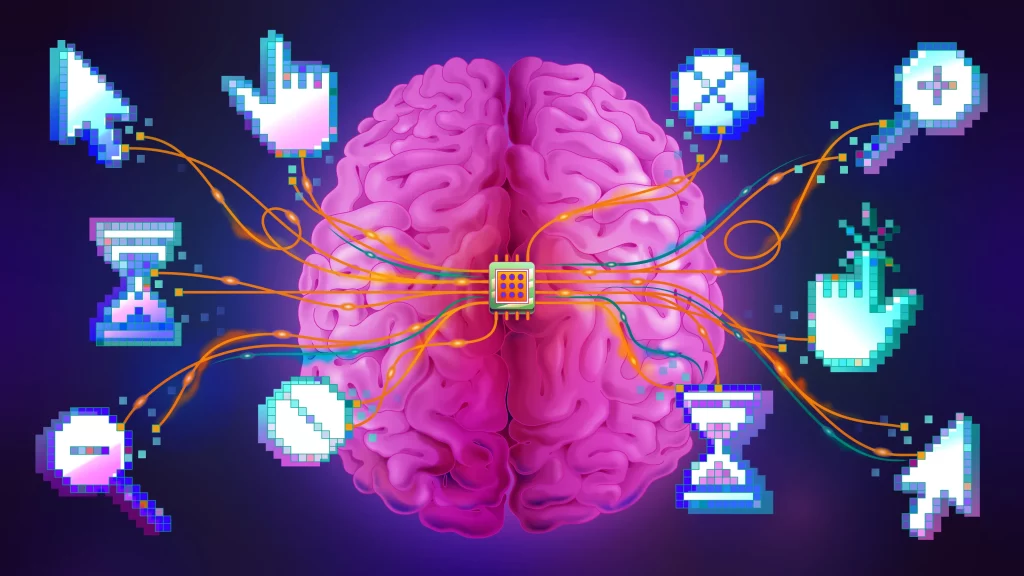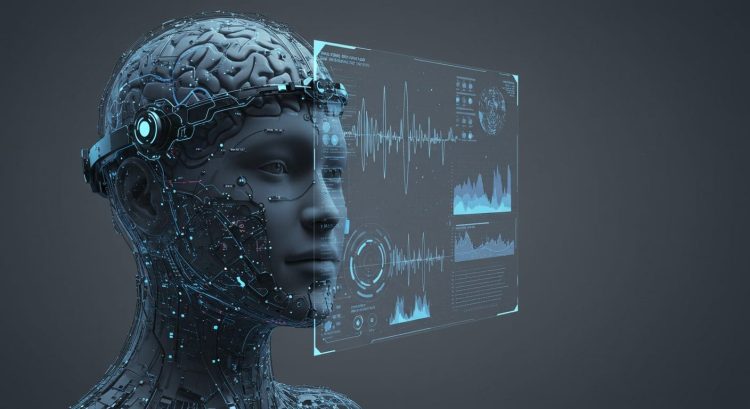1. A New Frontier of Human Evolution
The quest to merge the human brain with machines is no longer confined to science fiction.
From early experiments in the 1970s, where electrodes recorded simple neural signals in animals, to today’s advanced BCI systems enabling paralyzed patients to move robotic arms, the trajectory is clear: technology is reaching into the core of human cognition.
This development promises revolutionary advances—yet it also forces humanity to confront unprecedented ethical and existential questions.
2. How BCIs Work: A Brief Overview
A brain–computer interface enables direct communication between the nervous system and an external device.
Key approaches include:
- Invasive BCIs: Electrodes implanted directly into brain tissue for high-resolution signal capture.
- Non-invasive BCIs: EEG (electroencephalography), fNIRS (functional near-infrared spectroscopy), and MEG (magnetoencephalography), which record activity from outside the skull.
- Bidirectional Interfaces: Not only read neural signals but also send stimuli back into the brain, opening pathways for sensory restoration.
3. Breakthrough Applications
- Medical Rehabilitation: BCIs allow stroke patients to regain control over limbs, restore vision through retinal implants, and even translate neural signals into speech for locked-in patients.
- Human Enhancement: In the future, memory augmentation, accelerated learning, and even direct brain-to-brain communication may be possible.
- Military and Industrial Uses: Research explores using BCIs to control drones, monitor soldier fatigue, or optimize human–machine teamwork in complex environments.

4. The Ethical Dilemmas
The very intimacy of BCIs raises serious challenges:
- Identity and Autonomy: If a device can influence emotions or decisions, where does personal agency end?
- Privacy and Security: Neural data—our thoughts and intentions—could be hacked or exploited.
- Inequality: Access to enhancement technologies may deepen global socio-economic divides.
- Humanity’s Future: Will widespread neural augmentation blur the line between human and machine?
5. Striking a Balance
BCIs embody both utopian promise and dystopian peril.
For their potential to be realized responsibly, three pillars must guide progress:
- Transparent Research: Public oversight of trials and data.
- Robust Governance: Clear ethical and legal frameworks for consent, data ownership, and safety.
- Inclusive Access: Ensuring benefits are not confined to wealthy nations or elites.
6. Looking Ahead
The integration of minds and machines could mark the next chapter in human evolution, enabling us to overcome disease, expand our intellectual horizons, and reshape society.
But the future we create will depend not merely on engineering skill, but on wisdom, foresight, and the preservation of human dignity.
















































